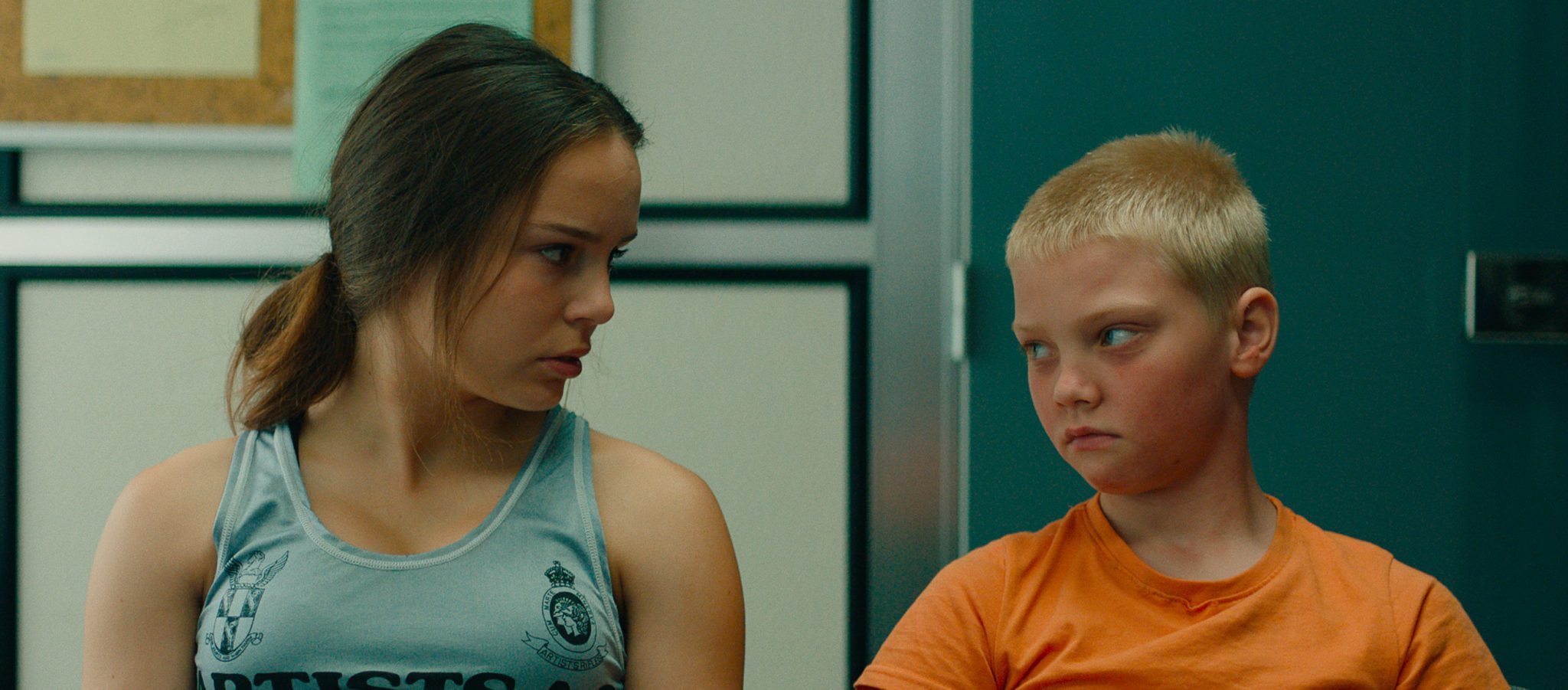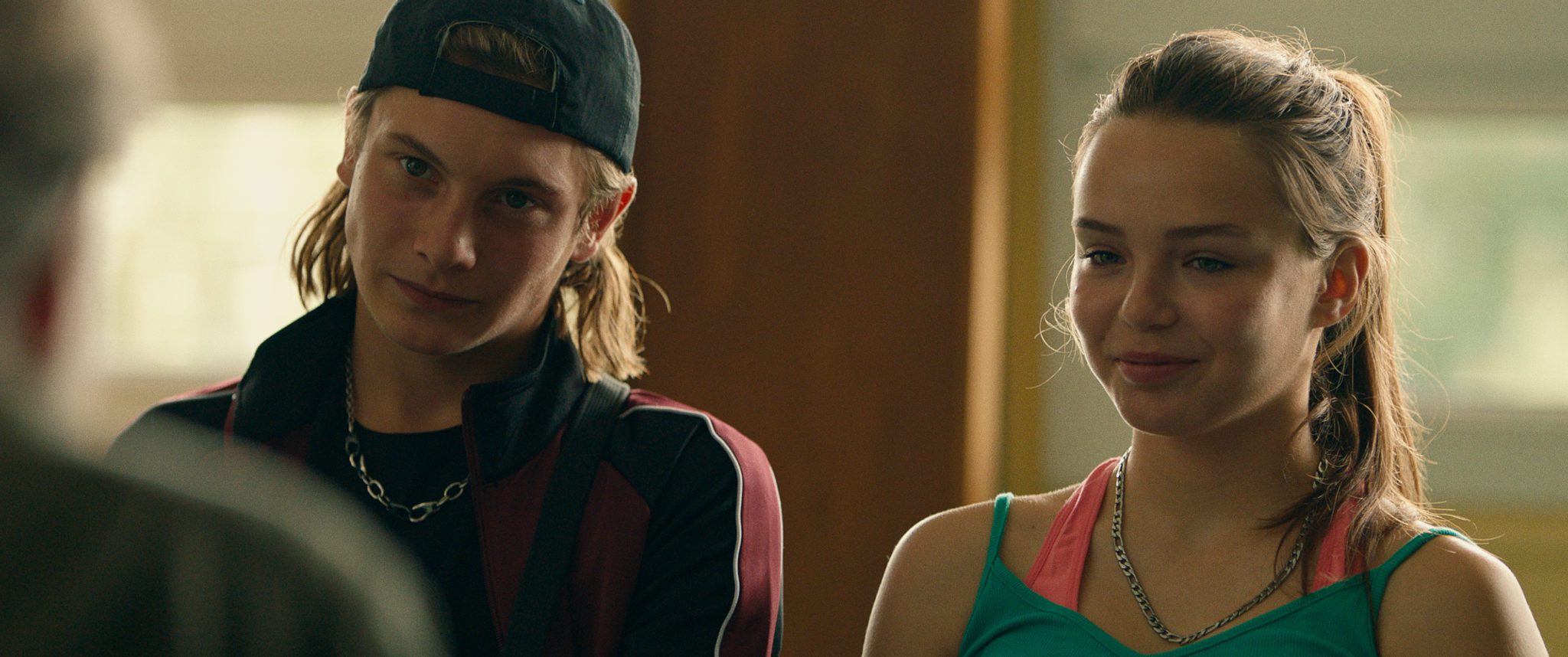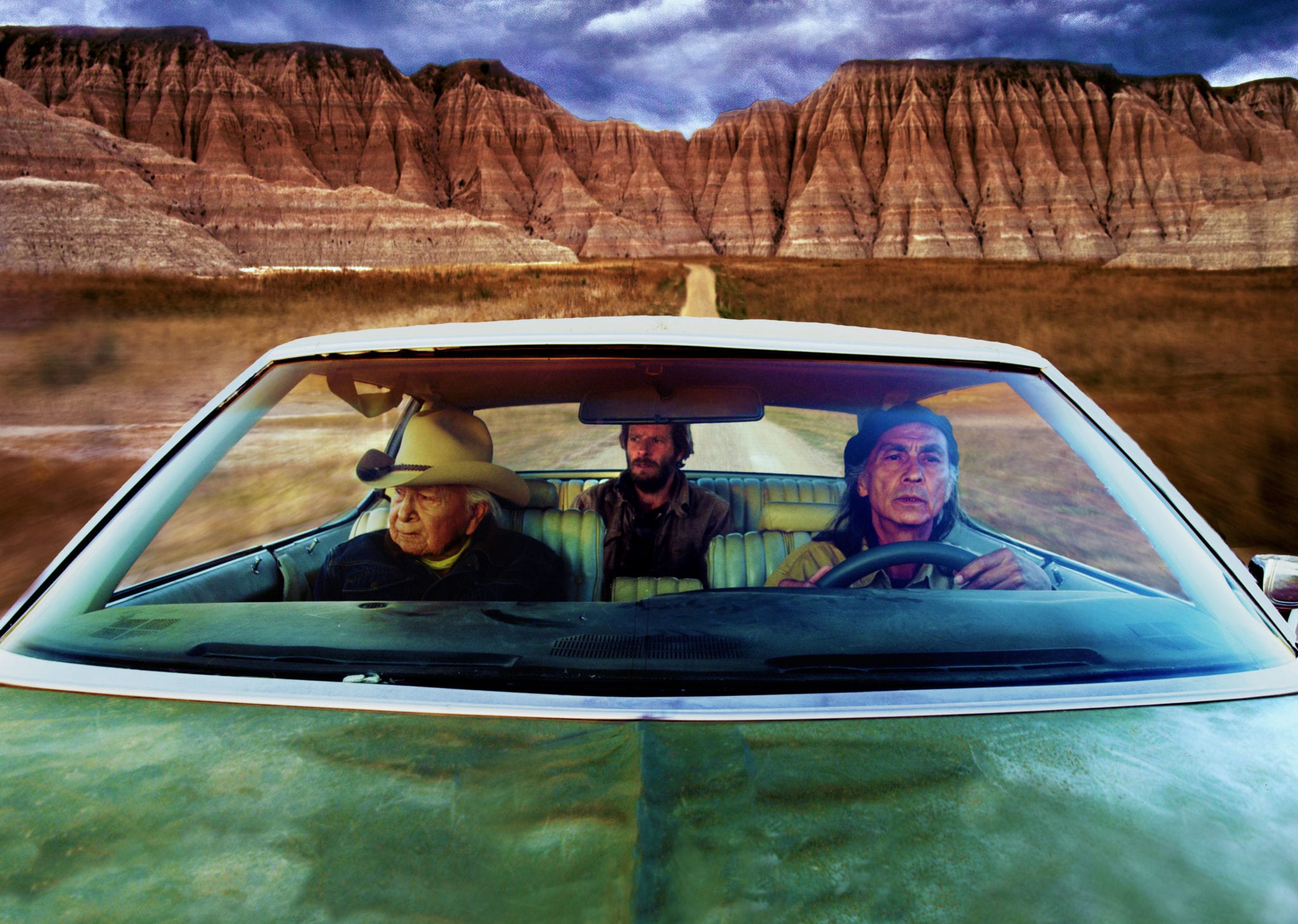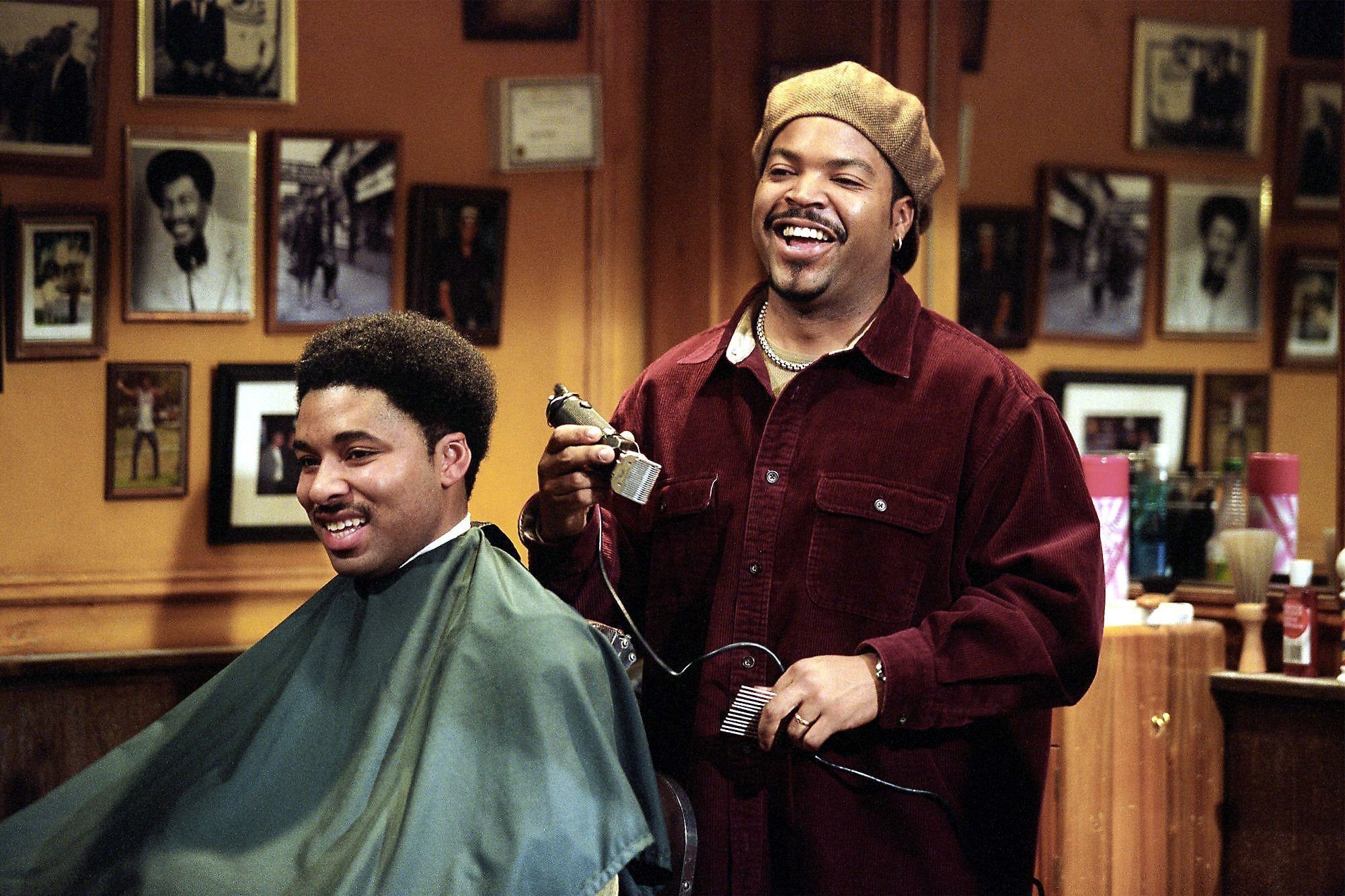
Sometimes filmmaking takes on filmmaking, giving us a look at a little bit of what goes into creating what we see on screen. That is the case in The Worst Ones, from directors Lise Akoka and Romane Gueret. The film-within-a-film we see being made is very much like the film we are watching, which creates a complementary experience that lets us be brought in to both film events. To avoid any confusion, please note that this is a fictional film, although it often blurs the line between reality and fiction.
A Belgian filmmaker wants to make a film set in a suburban housing project in northern France. To get the feeling of gritty authenticity he wants to cast local kids. Some think that he is picking the “worst ones” for the main roles. We follow the process from auditions through shooting and watch as the young actors shine or struggle in this setting. It is often challenging for the director as he tries to deal with personalities, local prejudices, and past histories.
The film grows out of an earlier film by Akoka and Gueret, in which they did this kind of casting. The stories they heard from the young actors they cast then turned into the personalities and histories of the characters in this film. (Although, because of the passage of time, they needed new actors for the roles in this film.)
Part of what makes the film interesting is seeing the similarity and differences between the story in the film-within-a-film and the characters who are acting. For example, Lily is playing a pregnant 15 year old. The neighborhood considers her wanton because of some of her actions the year before when she was upset with her brother’s death from cancer.
Another example involves Ryan, a young boy with anger issues. When a scene comes up that requires him to fight another boy, he is struggling with trying to be good. The director, however, knows the buttons to push to trigger the anger, but that is really playing with fire.

That scene begins to make us question some of the ethics of filmmaking. How far should someone push a young actor to get the shot they want? Is it proper to undermine behaviors?
Another ethical question is what responsibility does the filmmaker have to the community he is portraying. There is a scene after the film has been shot, when the crew is in a bar with locals, who complain that the story he made makes them look bad. It ignores the positive aspects of the community and focuses on the darker part. This scene is another example of what Akoka and Guerel experienced in the previous film. I think it is bold of them to bring that into this film as a way of recognizing (even if not exactly agreeing with) the objections that people have to the way films make them seem.
This is not so much a pulling the curtain back to see the filmmaking process as it is an invitation for us to sense the struggle and frustrations that can be part of creating such art.

The Worst Ones won the top award in the Un Certain Regard section of the Cannes Film Festival.
The Worst Ones is in limited release on March 24th, 2023.
Photos courtesy of Kino Lorber.




